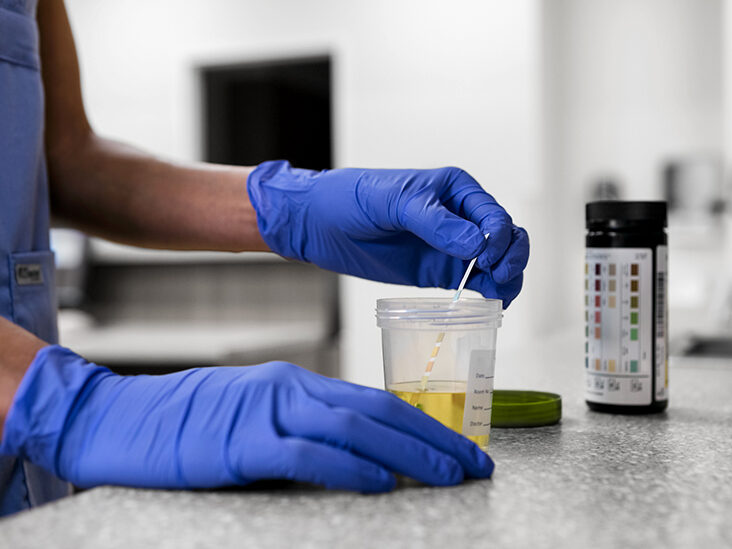Different types of drug tests are used to identify certain drugs and how long they have been present in the system of an applicant or employee. The following are some of the most popular drug tests and their applications.
The organizational justification for requiring various drug testing is evident. Illegal substances, some prescription medicines, and the presence of alcohol may all lead to increased absenteeism and lower productivity in the workplace. Furthermore, corporations are accountable for creating a safe workplace culture to keep their employees safe.
What are drug tests?
A drug test is a technical analysis used to detect the presence of one or more prescribed or illicit substances in your system, such as blood, hair, saliva, perspiration, or urine. Pre-employment drug testing, DOT physicals, legal or forensic investigations, and sports screening are all common uses for drug tests.
Drug testing methods include oral, urine, blood, hair, and sweat tests. Typically, specimens are collected and submitted to laboratories for examination during these operations.
To have a better understanding, consider the following drug tests and their applications:
Urine Examination
A urine test, which has a detection window of up to 30 days, is amongst the most established drug testing procedures. In this test, your urine sample is examined for metabolites, which are byproducts of the breakdown of a psychoactive substance by your body.
A urine test also examines antigen-antibody complexes, which occur when your immune system produces antibodies in response to the presence of a pharmacological substance in your system.
Blood Analysis
A blood test is often utilized in an emergency, but it may also be used to identify drug substances for pre-employment testing. Blood tests are generally included in annual physicals.
Collecting the material is more intrusive than other testing procedures since it needs extracting a tiny volume of blood from a vein. It is also restricted to recent drug use—within the previous 2 to 12 hours of the test.
Hair Test
Hair testing is regarded as one of the most dependable forms of drug test owing to its inability to be tampered with. It also offers the most extensive detection window. Hair testing is frequently used to detect recurrent drug use since it may identify drugs up to 90 days after consumption.
Hair tests, which are impervious to concealment by bleaches or dyes, also eliminate the chance for employees to refrain from substance consumption for brief periods before testing. Comparative testing on hair can disclose which medicines were taken, how long they were taken, and when they were stopped.
Oral-fluid Analysis
Oral fluid analysis, often known as a swab test or mouth swab, is amongst the most cost-effective kinds of drug testing. They are rapid and time-sensitive and are frequently gathered on-site. Oral fluid testing for leftover drugs is particularly effective since samples might indicate drug consumption between a few minutes and up to 48 hours previous to collection.
What is a 10-panel drug test?
A 10-panel drug test is a typical method for detecting drugs in a person’s body. The most popular 10-panel drug tests employ urine to detect many of the legal and illegal substances that individuals occasionally abuse.
Traces of these drugs in the urine usually indicate that the individual has these substances in their body. However, false positives might occur when the test identifies drugs when the individual has not consumed any.
The tests are easy to conduct and administer, and they are widely available. Similar tests are widespread for pre-employment screening, while a simpler 4- or 5-panel drug test plus alcohol is more frequent.
How drug tests are performed and their dependability?
Different drug tests demand different collecting methods. Regardless of the sort of drug testing used, efforts must be taken to avoid sample tampering, manipulation, or replacement, as well as result fabrication.
Urine samples are frequently collected in restrooms. Because direct monitoring may be deemed a violation of privacy, numerous safeguards are in place to assure fair play, including:
The usage of specialized stalls; the addition of color to the toilet water; and/or the interruption of the water supply.
Who has access to the results of a drug test?
Privacy safeguards limit the public dissemination of drug and alcohol testing results regardless of the kind of drug test. Employees may be required to sign a release form in order for their employer to view the results. Employers should get legal advice to verify that their drug testing policy and procedure(s) comply with any relevant federal, state, or municipal privacy laws.For example, employers in Minnesota can only test their employees under certain circumstances. So if your business is based in Apple Valley, Minnesota, you should speak to an Apple drug test facility or legal consultant to learn more.
How much time does drug testing take?
Detection times refer to the amount of time it takes for the body to get rid of the byproducts of the drugs. Detection times for different drugs vary greatly.
Detection times may depend on the type of drug, how much the person took, and how fast their metabolism works.





